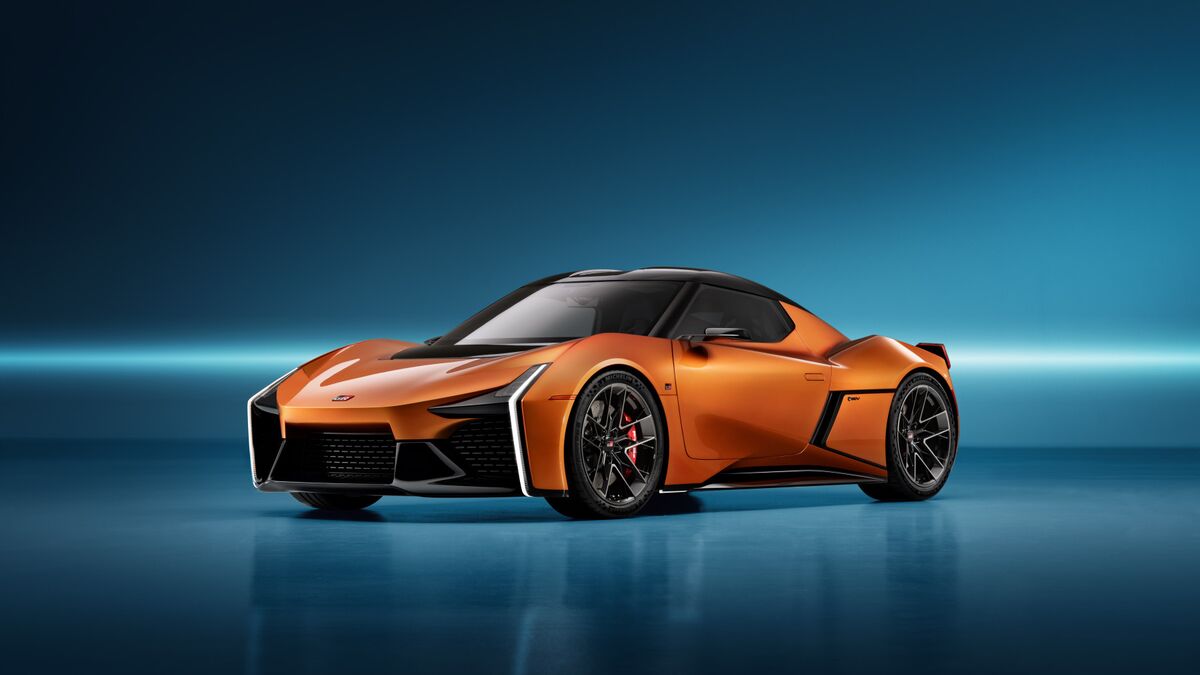- The average new car transaction price was $12 less in May than in April
- Dealers are trying to blunt the impact of tariffs on shoppers, but it can’t last forever
The average new car buyer paid $48,799 in May, $12 less than April’s revised transaction price, according to Kelley Blue Book data. Transaction prices were 1% higher than last May.
That’s a small change for a market facing 25% tariffs on new cars and the parts used to build them. Price hikes are coming slowly in part because many dealerships keep months’ worth of new vehicles in stock, so they still have cars to sell that they imported at pre-tariff prices.
Sales Are Slowing, Discounts Fading
- An early-tariff buying binge has ended
- Automakers are starting to pull back discount programs
When the White House first announced tariffs, Americans went on a car-shopping binge, looking to snap up cars already in the country at pre-tariff prices. It has ended.
Analysts measure sales pace in a metric called seasonally adjusted annual rate (SAAR). It measures how many cars Americans would buy if today’s sales pace lasted all year. It hit a remarkable 17.3 million in April, but fell all the way to 15.6 million in March.
Related: Is Now the Time to Buy, Sell, or Trade in a Car?
Some major automakers began to pull back on discounts last month, a sort of stealth price increase that alters the actual amount Americans pay without changing the price on the sticker. MSRPs rose slightly, now sitting 2.1% higher than a year ago. But Americans are paying more of that price.
Volkswagen, Mazda, Land Rover, Volvo, and BMW all reduced incentive spending by more than 10%. Incentives were also notably lower month over month for Chrysler, Jeep, and Ram. Tesla and Nissan, each having challenging years, significantly increased incentive spending. Toyota also increased incentives, but keeps them low to begin with.
Many Popular Models Holding Steady
- Compact and midsize SUVs are the best-selling types of car
- Their prices are staying relatively stable
The two best-selling segments in America are compact SUVs and midsize SUVs. Their prices held relatively stable in May.
Electric vehicle (EV) prices declined, dropping 1.1% partly on troubled Tesla offering heavier discounts.
Sports cars, luxury cars, and luxury subcompact SUVs saw prices climb the most month-over-month. Small and midsize pickup prices also rose.








